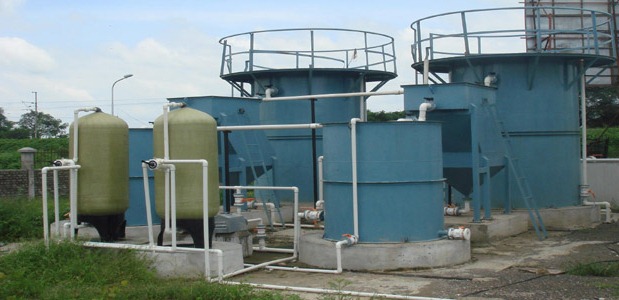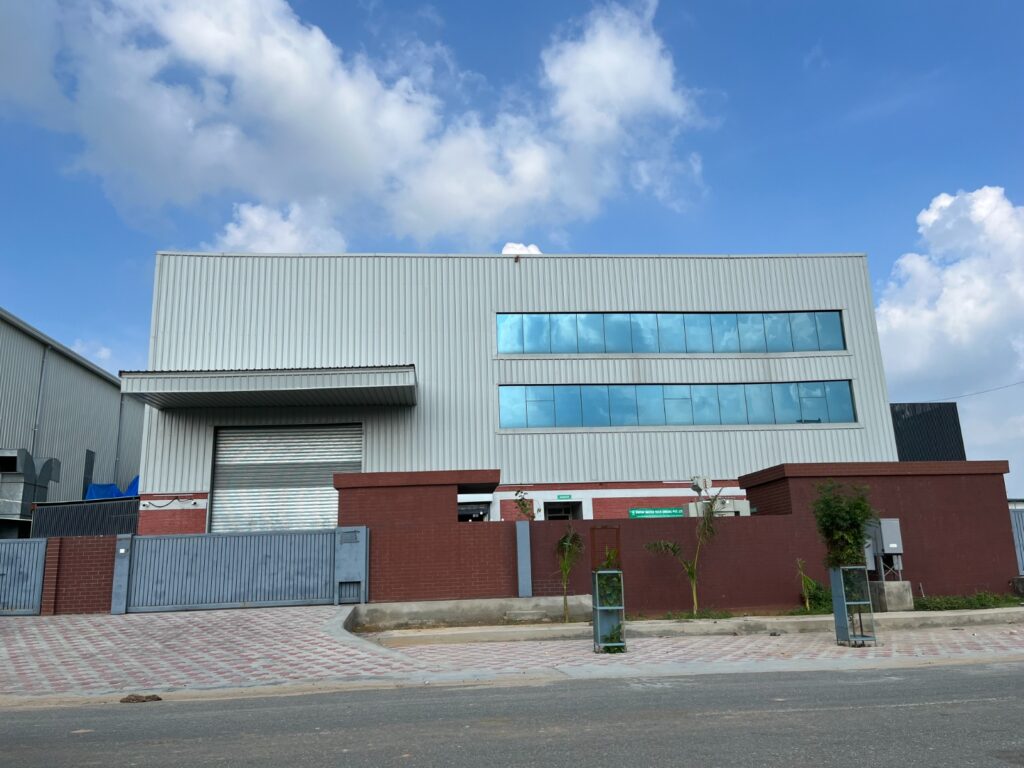Solutions
Effluent Treatment Plant
An Effluent Treatment Plant (ETP) is a facility designed to treat and purify industrial wastewater, also known as effluent, before it is discharged into the environment. ETPs are essential for minimizing the environmental impact of industrial activities and ensuring compliance with regulatory standards.
Here’s an overview of the Effluent Treatment Plant process:
- Collection and Pre-Treatment: The effluent generated from industrial processes is collected and undergoes initial pre-treatment, which involves the removal of large particles, oil, grease, and other substances that could potentially interfere with the treatment process. Pre-treatment may involve processes such as screening, sedimentation, and oil-water separation.
- Primary Treatment: The pre-treated effluent then moves to the primary treatment stage, where further removal of suspended solids and organic matter takes place. Processes such as sedimentation, flotation, or physical filtration are commonly used in this step to separate solids from the liquid phase.
- Secondary Treatment: Following primary treatment, the effluent enters the secondary treatment stage, which focuses on the removal of dissolved organic compounds and nutrients. Biological treatment processes, such as activated sludge, extended aeration, or sequencing batch reactors (SBR), are commonly employed. These processes utilize microorganisms to break down and consume organic contaminants, converting them into biomass and harmless byproducts.
- Tertiary Treatment: In some cases, additional treatment steps, known as tertiary treatment, may be implemented to further improve the effluent quality. Tertiary treatment processes can involve advanced filtration techniques, such as sand filtration, activated carbon adsorption, membrane filtration, or disinfection methods like chlorination or ultraviolet (UV) radiation.
- Sludge Handling and Disposal: Throughout the treatment process, sludge or solid waste is generated and separated from the liquid phase. Sludge is typically treated separately through processes like dewatering, drying, or anaerobic digestion, aiming to reduce its volume and stabilize its content. The treated sludge can be used for various purposes, such as land application or as a source of energy.
- Effluent Discharge or Reuse: Once the effluent has undergone the necessary treatment stages and meets the required quality standards, it can be discharged into the environment, usually into water bodies or municipal sewer systems. In some cases, effluent may be further treated for reuse in non-potable applications, such as irrigation or industrial processes.

Effluent Treatment Plants are customized based on the specific characteristics of the industrial effluent and the regulatory requirements of the region. The primary objective of an ETP is to ensure that industrial wastewater is treated effectively, minimizing the potential environmental impact and promoting sustainable water management practices.

